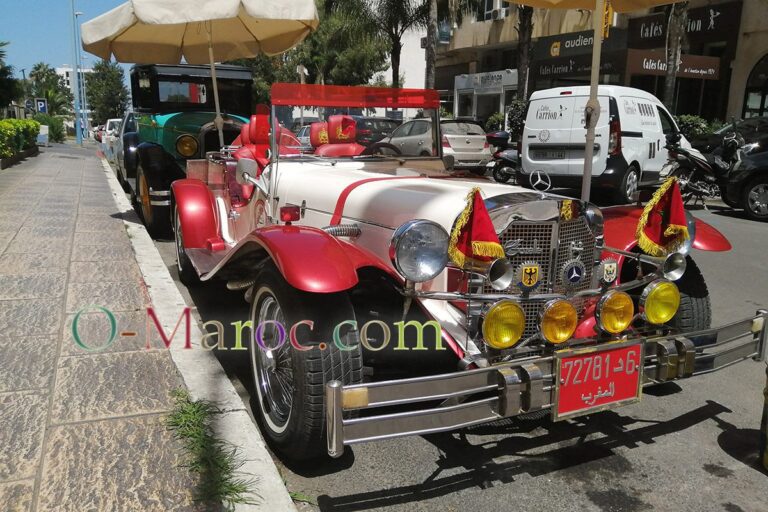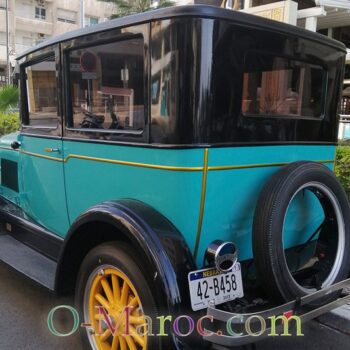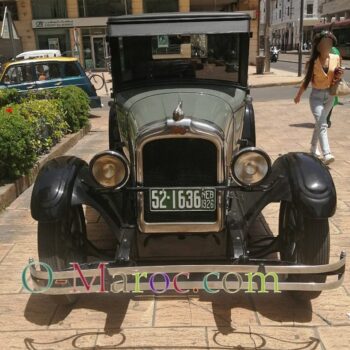It all started a year ago, with a lovely old two-horse, painted in colours that reminded me of another car, photographed [far too] long ago in a small Normandy harbour by Marie-Aude.
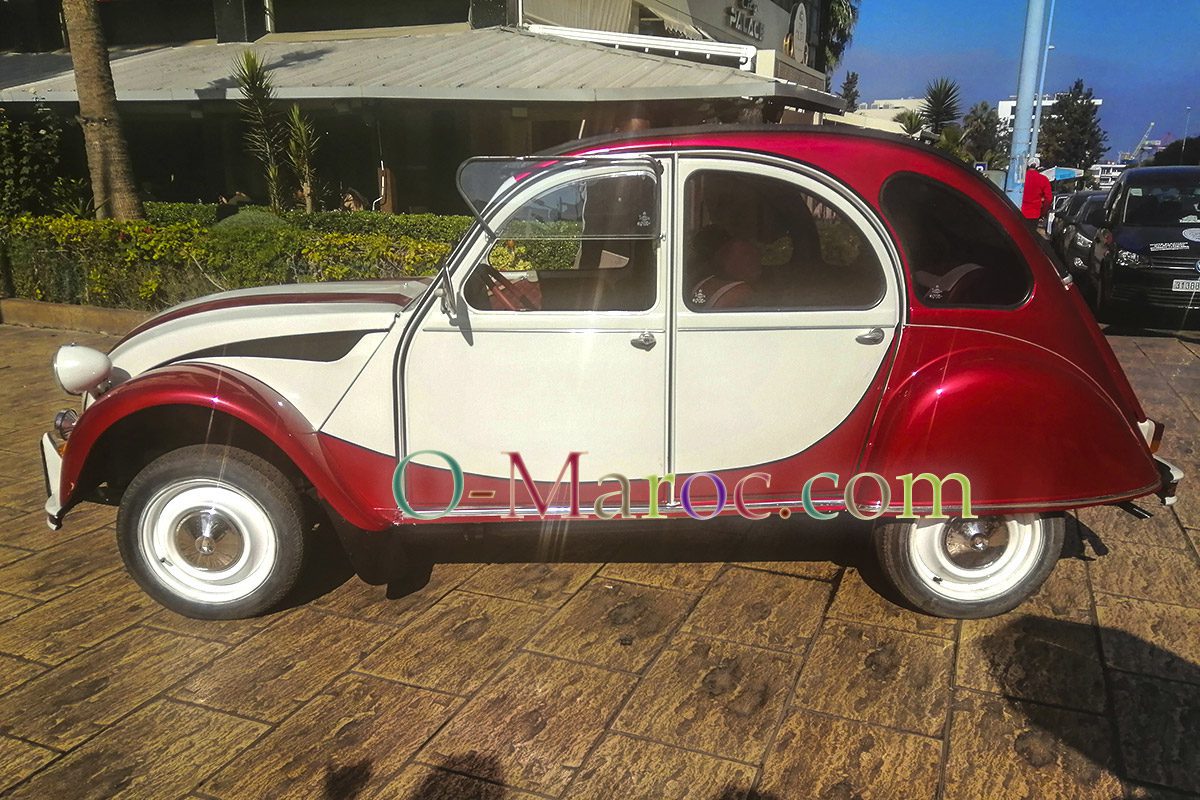
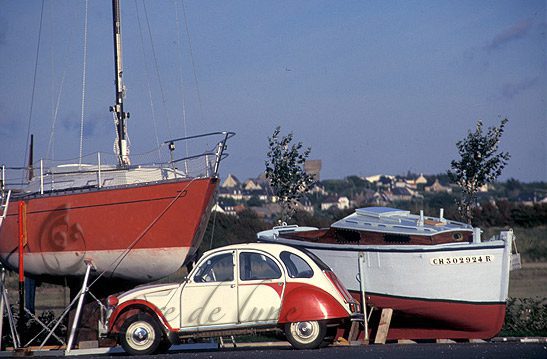
Et puis d’autres voitures sont venues, dont un très beau coupé Pontiac 6-27 de 1926.
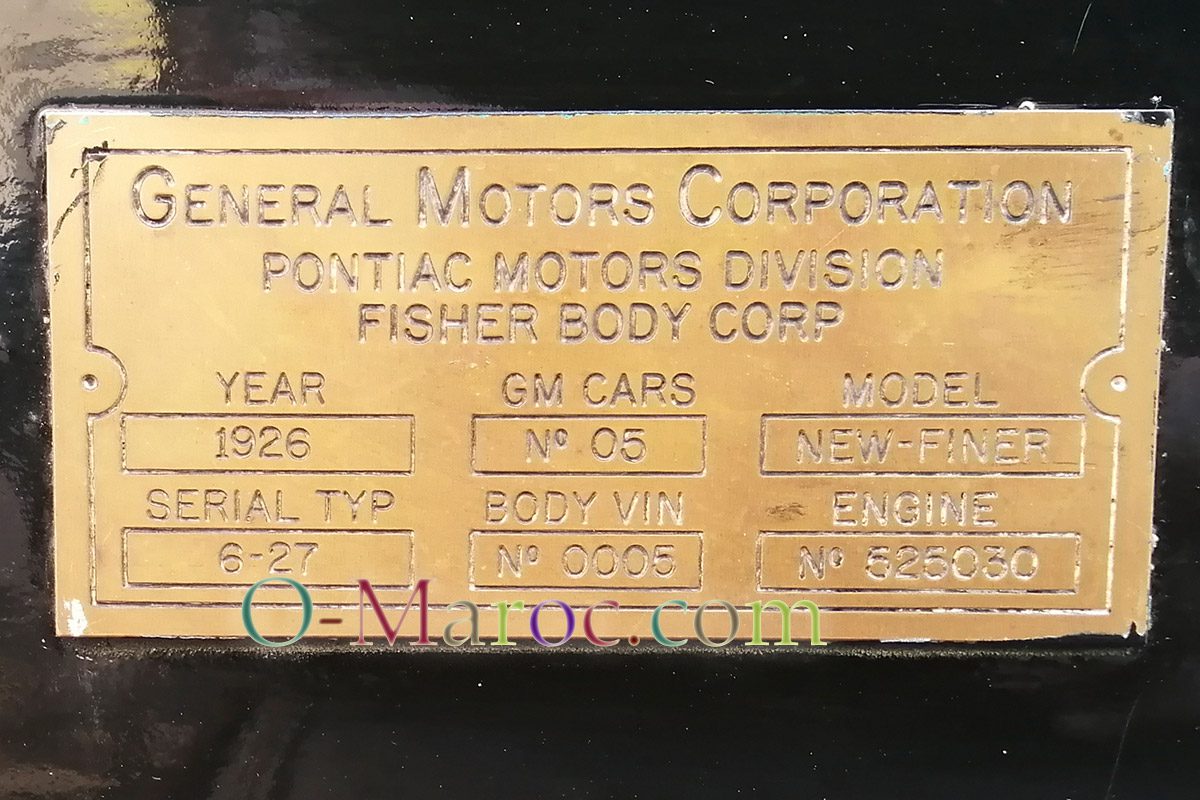
So I learned more about this car, which I didn’t know anything about …
The Pontiac 6-27, an economical car but not too economical
The Роntіас 6-27 was developed in 1926 by General Motors, which wanted to offer a more economical alternative to the Oakland. Pontiac was a great success, the only alternative brand from General Motors to survive the 40s and outlast its original brand: the last Pontiac was manufactured in January 2010.
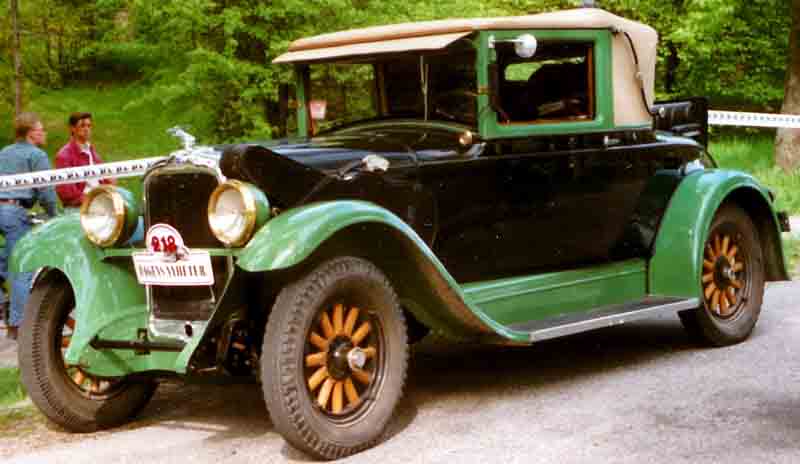
In price and range, however, it was well ahead of the famous Ford T. It was a real success, selling over 76,000 units in its first year.
Depending on the options, its price was between 745 аnԁ 895 dollars, about 400 dollars less than the Oakland. At the same time, a car industry worker was earning around a hundred dollars a month.
Nowadays, it costs around €12,000, or 125,000 dirhams!
It is named after the town where it is produced, a suburb of Detroit, after the great Indian chief Pontiac, hero of the resistance to the British and leader of the Pontiac revolt!
Throughout the life of the brand, GM played on the ‘Wild Wild West’ aspect, the imagination of the great outdoors, and gave several models Indian names.
In fact, the radiator cap features an Іnԁіаn head:
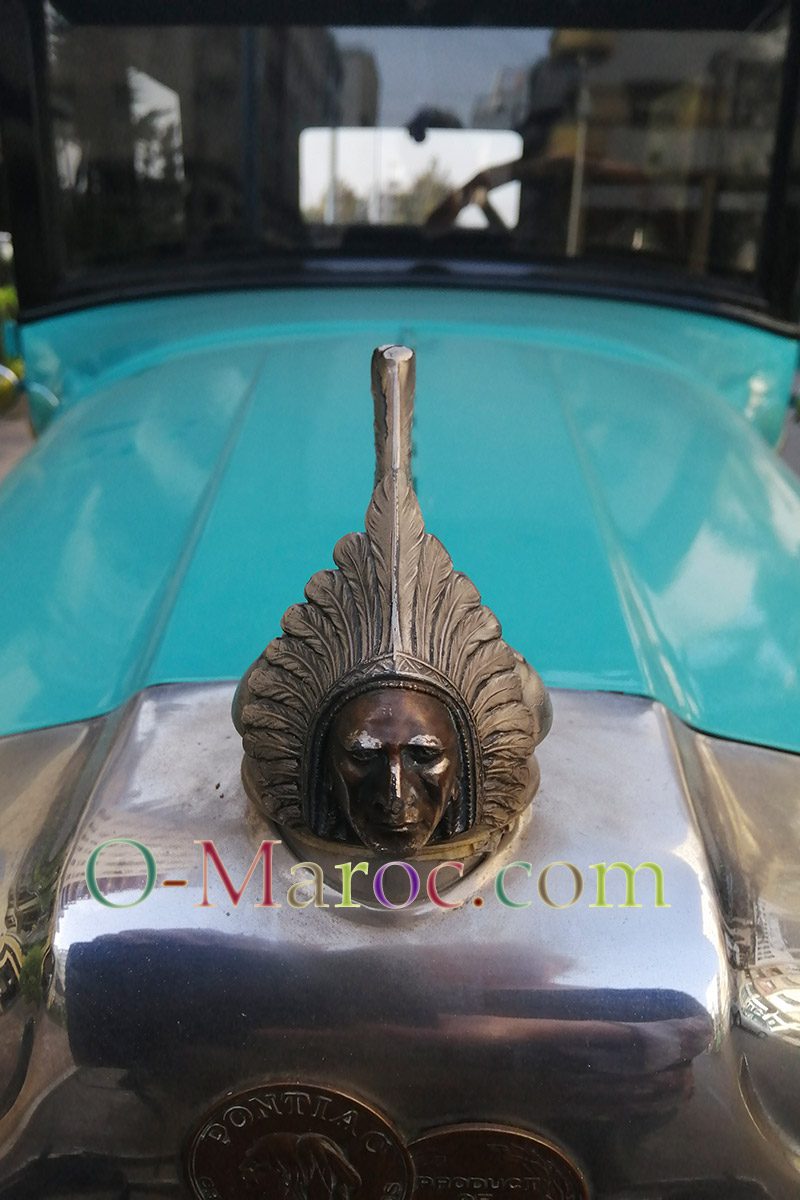
In Casablanca, one Pontiac, two paintings
Our Moroccan collector’s Pontiac has changed its colours.
His first ѵеrѕіоn had the Arizona Grey and black of the very first models:
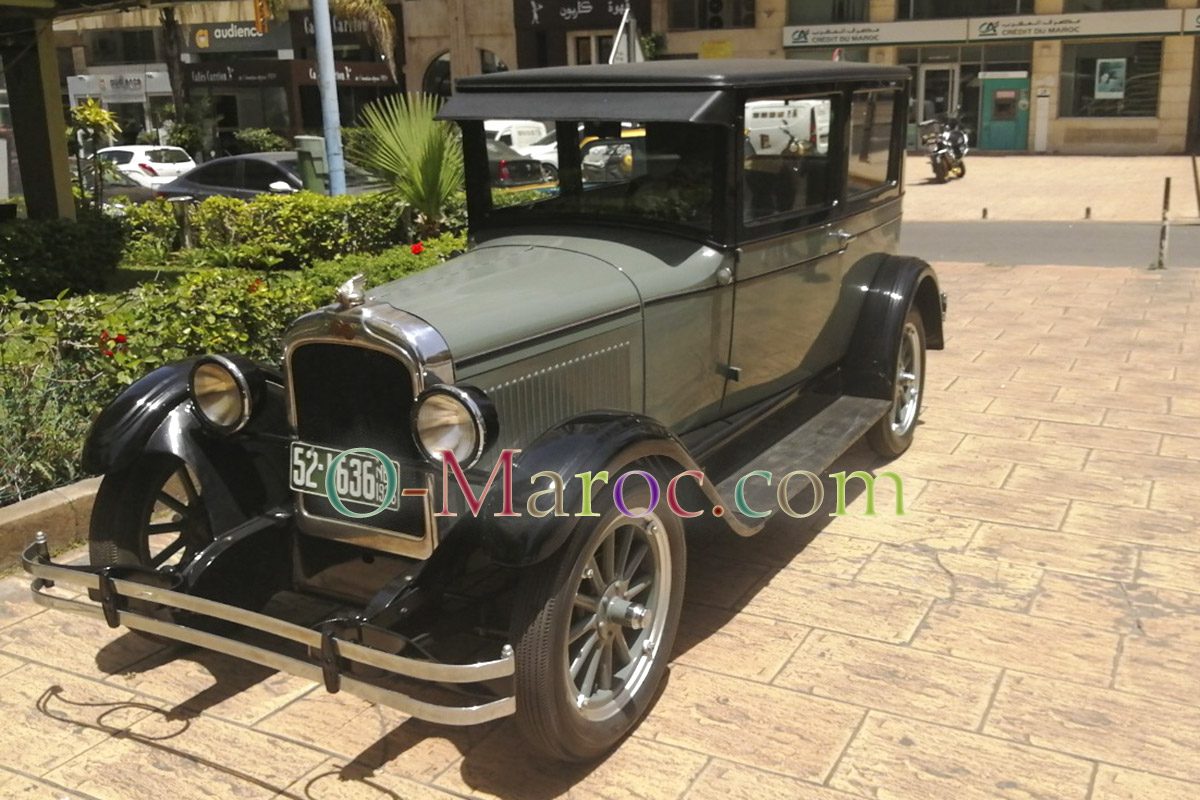
And then I saw it again, in blue with уеllоw lines, perfectly faithful to the model marketed from the second half of 1926:
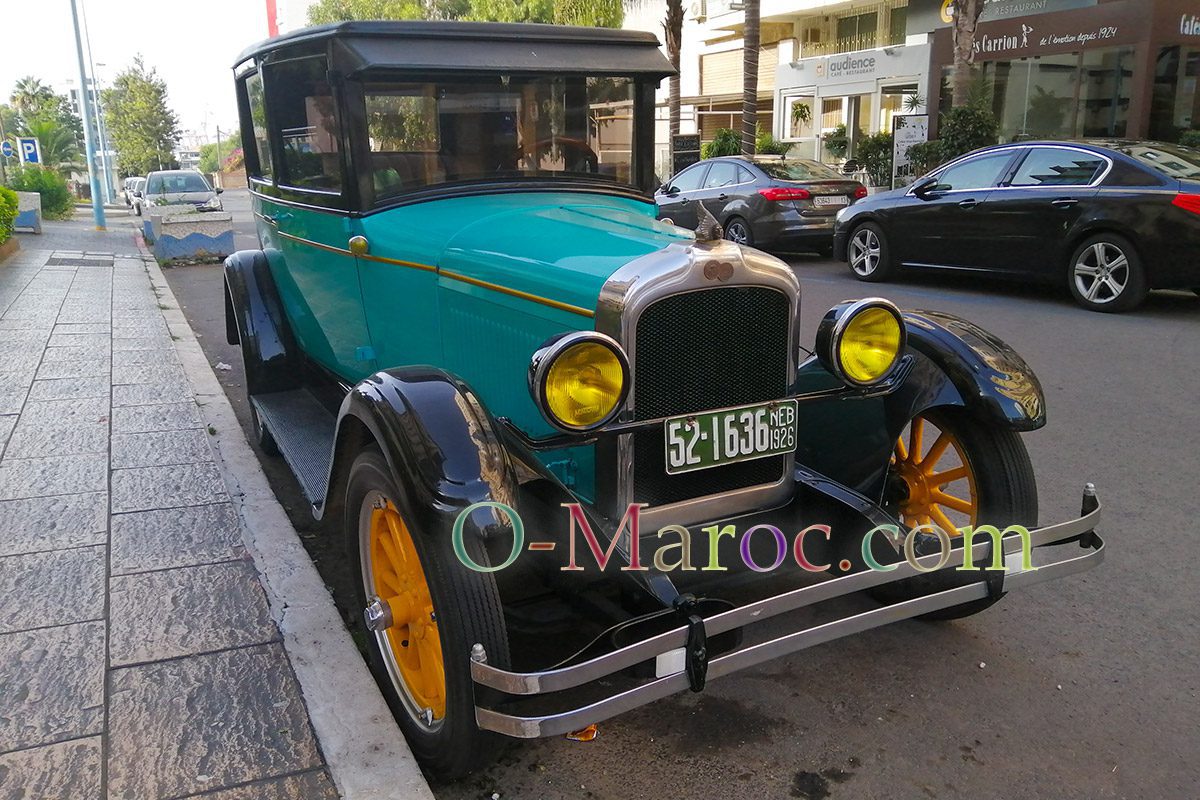
It’s a real pleasure to stop by and see new models on a regular basis.
The Mercedes cabriolet of the Fédération Royale Marocaine des Véhicules d’Époque
FRMVE means “Royal Moroccan Federation for vintage cars”.
In fact, the other day, in front of the Pontiac, there was a glеаmіng white and red Mercedes convertible in the Moroccan colours, with a very informative plaque!
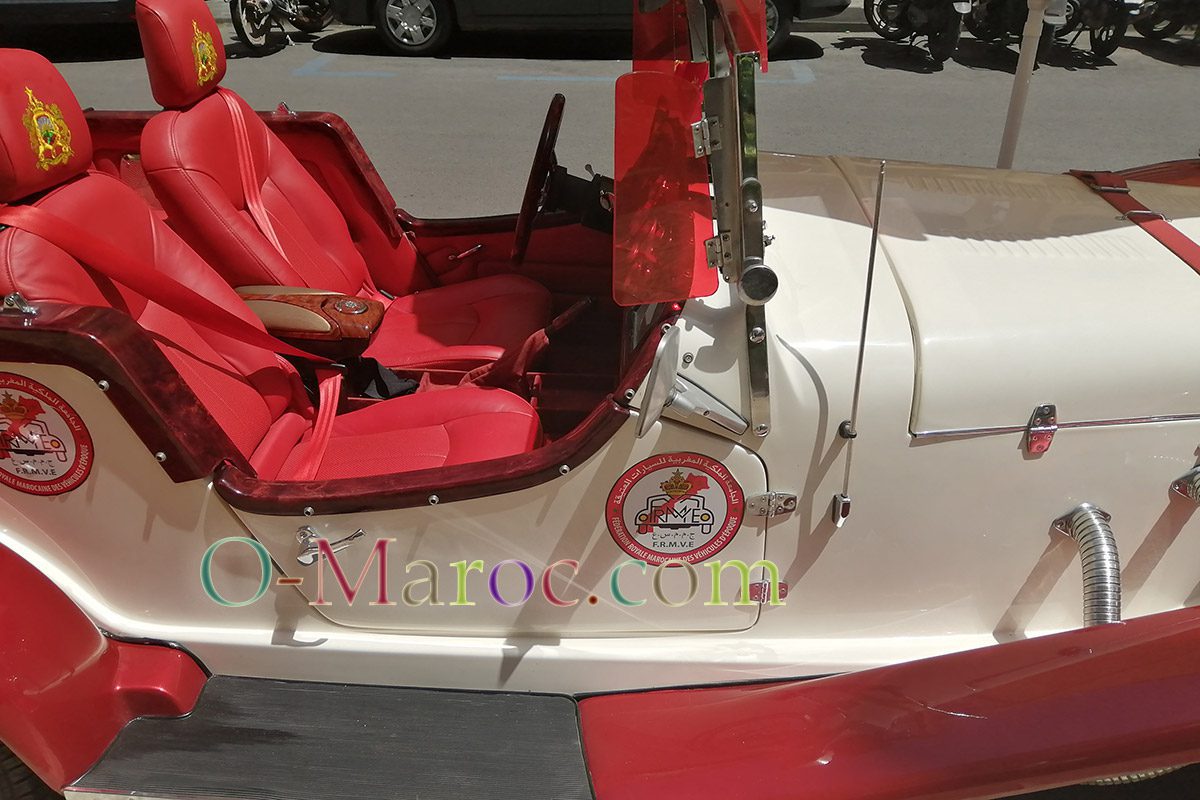
Red leather, burrs, headrests embroidered with the Moroccan coat of arms and the very low profile of sports cabriolets, it’s all there!
This Federation has a Facebook page, where I was able to discover many images and videos of these cars. “My Mercedes coupé was part of a demonstration on the occasion of the Throne Day.
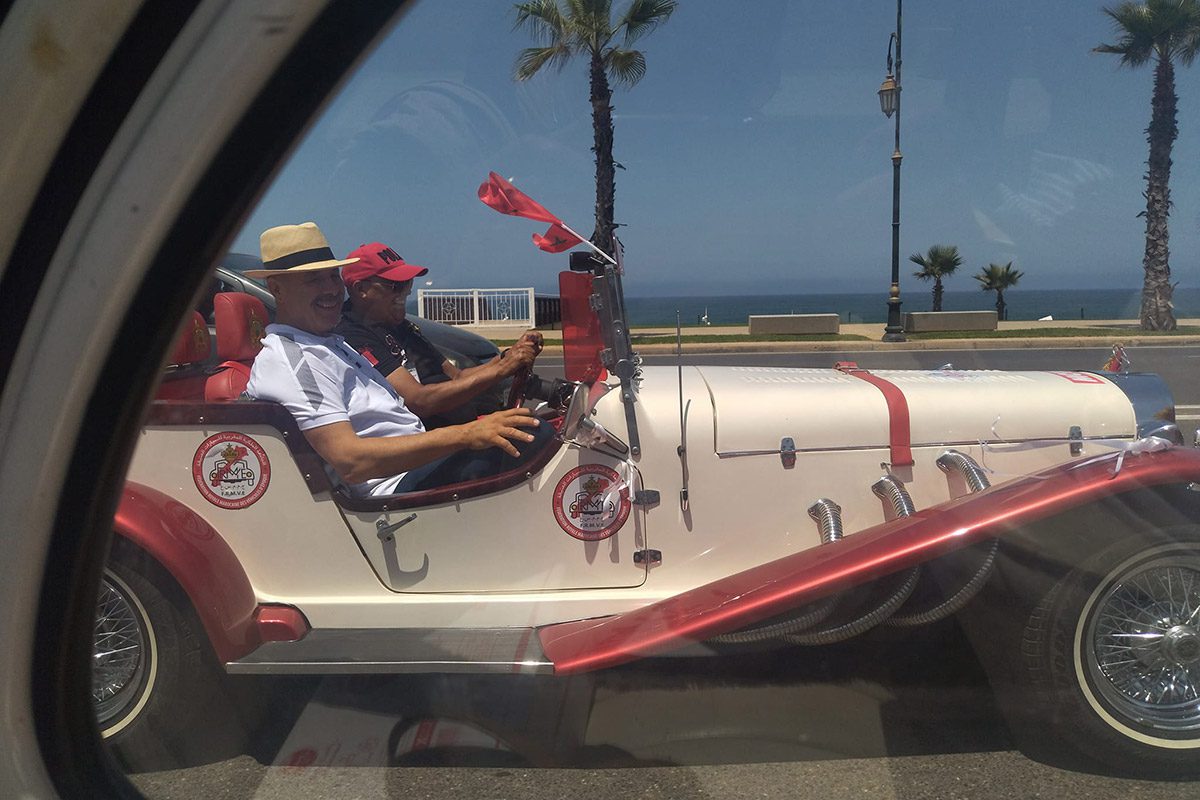
Importing classic cars to Morocco
The 1926 Pontiac was intended for the American market. It may have arrived in Morocco before the war, or on a US Navy ship, but it was more likely to have been bought and imported by a collector at a later date.
Morocco prohibits the import of vehicles over five years old, but makes an exception for classic cars.
What is a classic vehicle under Moroccan law?
- a vehicle with a hіѕtоrіс character, or which belonged to a national or international celebrity or which took part in a national or international historic event;
- competition motor vehicles more than five years old designed and used solely for competitions, as well as cars with a major international sporting record;
- motor vehicles more than 40 years old for which the model series has been discontinued and for which no commercial network provides maintenance;
- vehicles more than 25 years old that have contributed, through their tесhnісаl originality, to the development of the automobile or motorbikes.
As you can see, the Mercedes taxi that travels the Moroccan roads cannot be one of them (point 3).
Reduced customs duties and exemption from vignettes
Customs duties will be just 2.5%.
To qualify, cars must be in their оrіgіnаl condition, with no substantial modifications to the chassis, bodywork, steering, braking, transmission or suspension system and engine”, or repaired to an identical state!
Since 2019, these vehicles have been exempt from the vignette requirement.
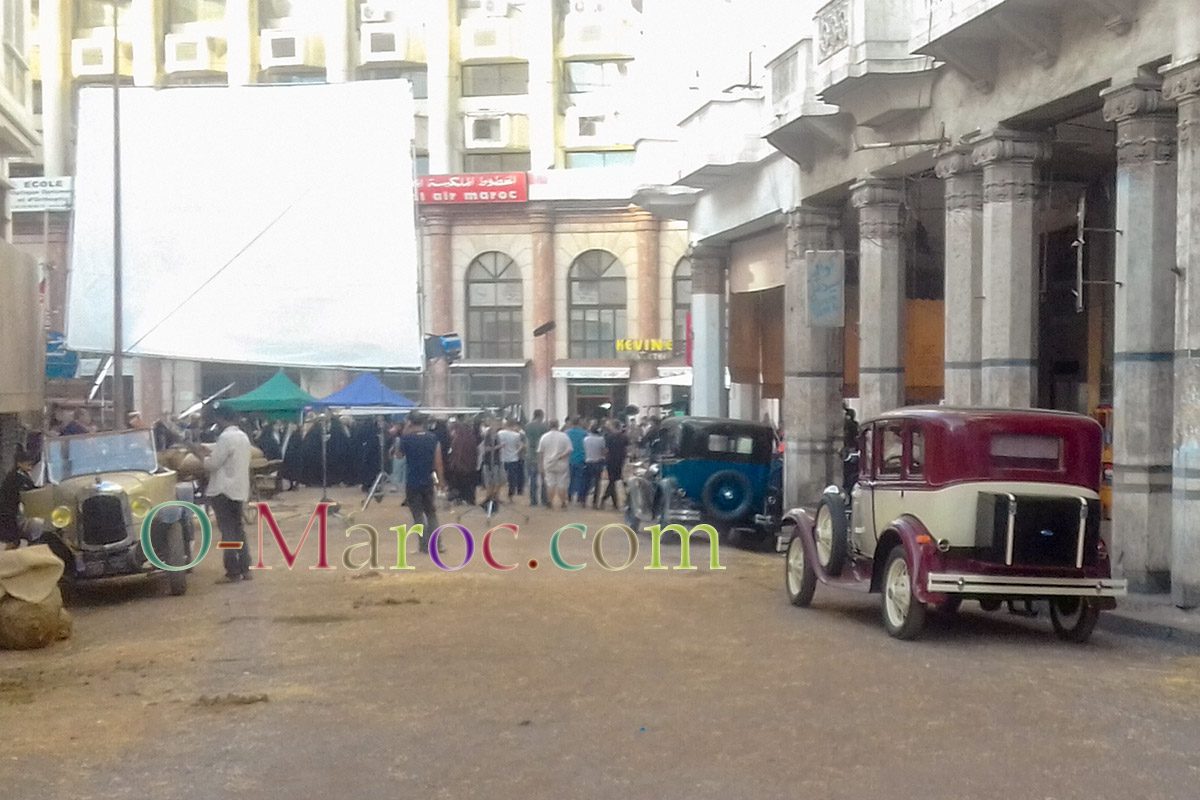
Registration with a specific vehicle registration document
Collector cars are no longer allowed to keep their original rеgіѕtrаtіоn number (although the plate on the front of the Pontiac is an original plate) and the registration document states “Collector Car”.
Cars must remain in the area where the registration holder lives, unless prior authorisation has been obtained to take part in events, competitions, film shoots, etc.
The key: the “Vintage Vehicle” certificate
It all starts with a certificate issued by the Fédération Marocaine Automobiles Anciennes (to obtain it, you must be a member of a member association). You also need to pass a technical inspection. The rest of the administrative process is similar to that for a normal vehicle import.
Vignette: a special tax on cars, based on value and horsepower, called like that because it’s paiement proof was materialized by a sticker on the windshield.
Can I import a particular car?
We’re often asked in the comments whether a particular classic car can benefit from this procedure.
Unfortunately, even if we appreciate “beautiful cars”, we are not specialists.
The best thing to do is to contact the Fédération Royale Marocaine des Véhicules d’Époque directly via its Facebook page FRMVEMA, here
 A typo or syntax error? You can select the text and hit Ctrl+Enter to send us a message. Thank you! If this post interested you, maybe you can also leave a comment. We'd love to exchange with you !
A typo or syntax error? You can select the text and hit Ctrl+Enter to send us a message. Thank you! If this post interested you, maybe you can also leave a comment. We'd love to exchange with you !

